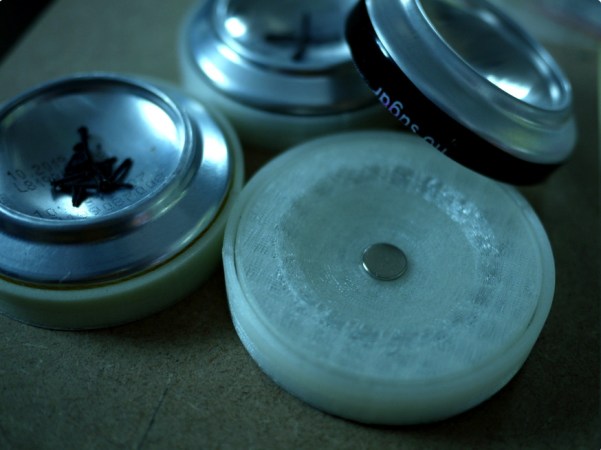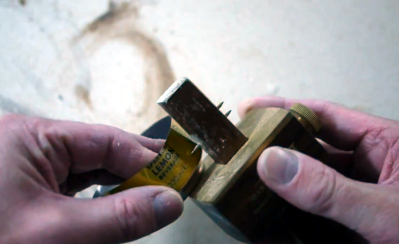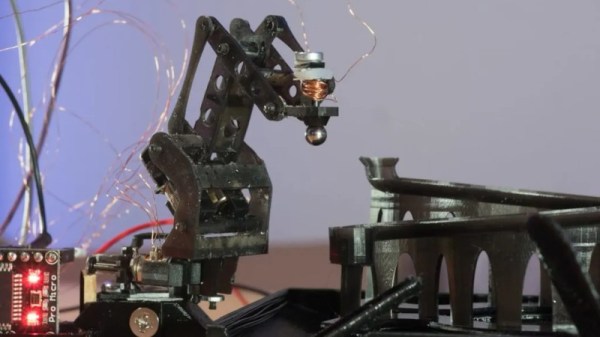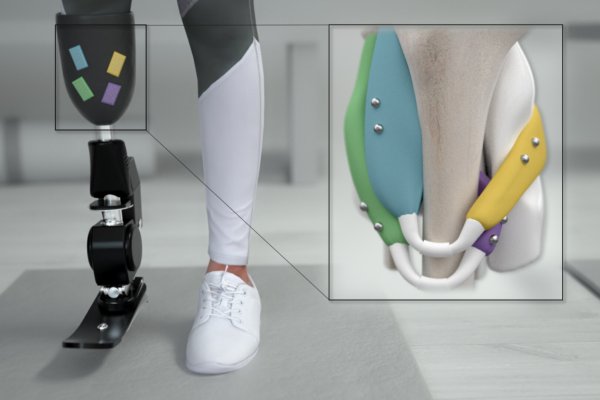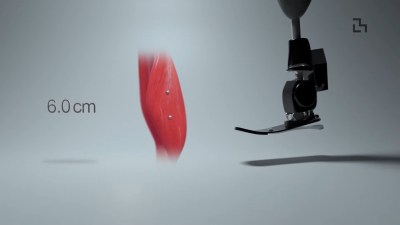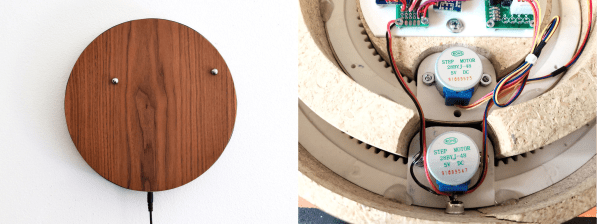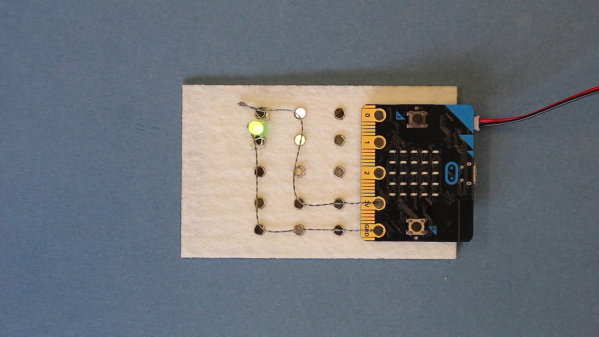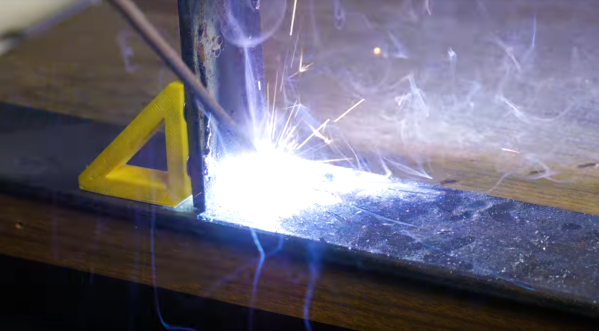We’re not sure how we managed to miss this one, but better late than never, right? This is Trinteract, a 3-DOF input device that’s both open-source and Arduino compatible. There’s even a neat 3D-printed clip to add it to the side of your laptop.
Imagine navigating 2D and 3D environments, or flying around in Minecraft with ease. [Görkem]’s custom PCB features a Hall effect sensor which picks up readings from the magnet embedded in the bottom of the joystick. You can use any magnetic object as input. In the video below the break, [Görkem] shows a 3D-printed sphere with a disc magnet trapped inside as an alternative. The super-neat part is that the thing moves around entirely on flexures. You know how much we love flexures around here.
[Görkem] has written up a fantastic guide for those who must have one of their own. As a bonus, the guide details the background and thought process behind the design, which we love to see.
Don’t like magnets? This space mouse uses an accelerometer and a spring.
Continue reading “Trinteract Mini Space Mouse Does It In 3D”


